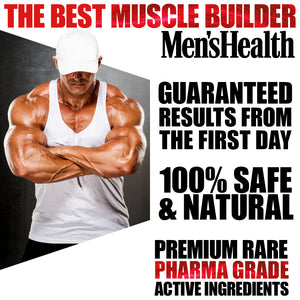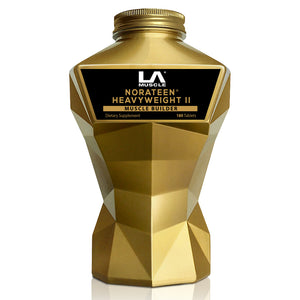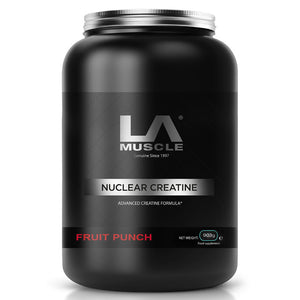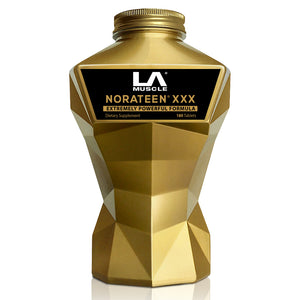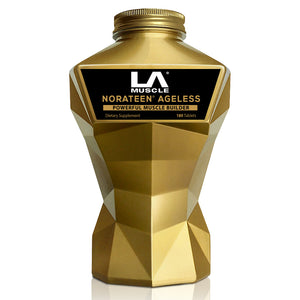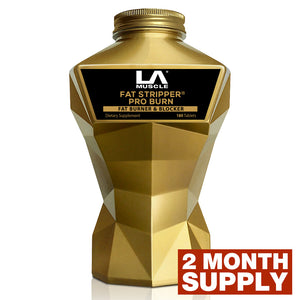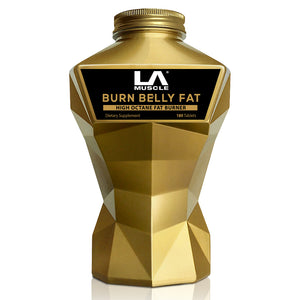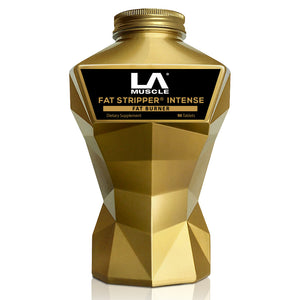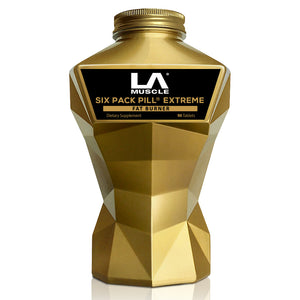
Squatting is a fundamental exercise that targets multiple muscle groups, including the quadriceps, hamstrings, glutes, and lower back. However, it's not uncommon for individuals to experience back pain after performing squats. This discomfort can range from normal muscle soreness to more serious injuries that require attention. Understanding the difference between these sensations and knowing how to address them is crucial for maintaining a healthy and effective workout regimen.
Differentiating Between Normal Soreness and a Problem
Normal Muscle Soreness
After a workout, especially if you're trying new exercises or increasing your intensity, experiencing muscle soreness is normal. This feeling, known as delayed onset muscle soreness (DOMS), typically develops 12 to 24 hours post-exercise and can last up to 72 hours. DOMS is characterized by a dull, aching pain in the muscles, accompanied by stiffness and tenderness. This type of soreness is a natural response to the micro-tears in muscle fibers that occur during strength training.
Signs of a Problem
While DOMS is a normal part of the workout process, certain types of pain should not be ignored. If you experience sharp, acute pain during or immediately after squatting, it may indicate an injury such as a muscle strain or sprain. Pain that persists beyond the typical 72-hour window for DOMS, worsens over time, or is accompanied by symptoms such as swelling, redness, or warmth may also signal a more serious condition that requires medical attention.
Reasons for Back Pain After Squatting
-
Improper Form: One of the most common reasons for back pain during squats is incorrect form. Leaning too far forward, not keeping the spine neutral, or allowing the knees to cave in can put undue stress on the lower back.
-
Weak Core Muscles: The core muscles play a crucial role in stabilizing the spine during squats. Weakness in this area can lead to improper distribution of weight and strain on the back.
-
Overloading: Lifting weights that are too heavy for your current strength level can compromise your form and lead to injury.
-
Insufficient Warm-Up: Skipping a proper warm-up can lead to muscle stiffness and increased risk of injury during exercises like squats.
Solutions and Alternatives
Addressing Pain and Preventing Injury
-
Cat-Cow Stretch: Incorporating gentle spinal stretches like the Cat-Cow can help increase spine flexibility and reduce tension in the back. This exercise involves moving the spine from a rounded position (cat) to an arched one (cow), which can be particularly soothing for sore back muscles.
-
Strengthen Your Core: Engaging in regular core-strengthening exercises can help stabilize your spine during squats and reduce the risk of back pain.
-
Improve Your Form: Consider working with a certified personal trainer who can assess and correct your squat form to ensure you're performing the exercise safely and effectively.
Squat Alternatives
If squats are consistently causing back pain, exploring alternative exercises that target similar muscle groups without stressing the back can be beneficial:
- Glute Bridges: This exercise targets the glutes and hamstrings with minimal strain on the back.
- Step-Ups: Using a bench or step, this exercise works the legs and glutes while encouraging proper posture and alignment.
- Wall Sits: An excellent way to build strength in the thighs and glutes without placing pressure on the back.
Understanding the difference between normal muscle soreness and potential injury is key to safely incorporating squats into your workout routine. By paying attention to your body's signals, practicing proper form, and considering alternative exercises, you can enjoy the benefits of squats without compromising your back health. Remember, if back pain persists or worsens, consulting with a healthcare professional is advised to rule out any underlying conditions.


